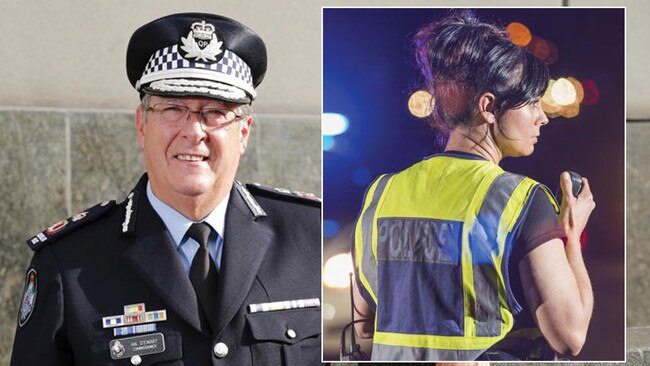
“That’s true and of course more recently that’s been the kind of statements from a range of commissioners who’ve said across Australia that they’re looking to have 50 per cent of recruits as females,” she said. “I just hope that they do what they have said they will do and our policing in this country will be much better for it”.
The previous year the Queensland Police Service decided to do just that. This decision and its consequences were the subject of an investigation by the Queensland Crime and Corruption Commission, the findings of which were released in a 66-page report last week. Suffice to say that nowhere in that document does the sentence “Policing in the state is much better for it” appear.
Thanks to this policy – the brainchild of former commissioner Ian Stewart – the QPS has been emasculated.
Males denied entry
Not only is the organisation compromised by having recruited women unable to satisfy the physical and psychological requirements of the job; it also denied entry to approximately 200 male applicants who demonstrated “more meritorious” claims.
A further 2000 male applicants were denied progressing to various stages of the recruitment process in the period July 2016 to the end of 2017 through “discriminatory assessment practices”. So much for Stewart’s assurance “We are not dropping any standards” as reported in the Courier Mail on January 26, 2016.
An inspector and two civilian employees have been suspended pending disciplinary action regarding findings they manipulated “processes, data, language and the truth”. There is no suggestion Stewart or the rest of the senior executive knew of that at the time, although that is hardly reassuring. “Among the executive, no-one appears to have given any serious thought to (or asked any critical questions about) a strategy that would affect the whole organisation for years to come,” the report notes.
Hiding behind semantics
Stewart maintains his policy was aspirational, not a direction. That is hiding behind semantics. Consider this excerpt from a letter he sent to the Public Safety Business Agency (at that time responsible for QPS recruitment) in November 2015.
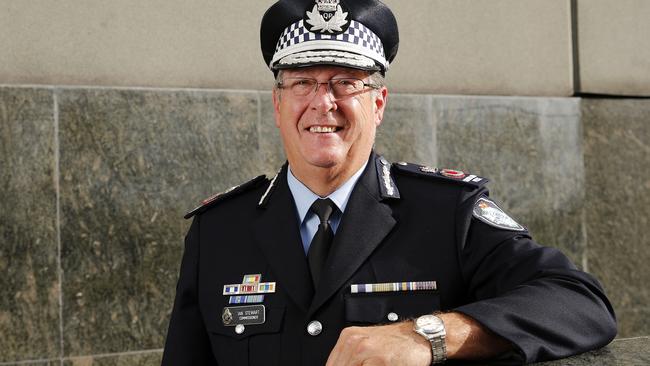
“I would ask you to immediately put in place strategies to select not less than 50 per cent of females per intake. This should be implemented until reversed by me,” he wrote, having prefaced that by saying he regarded the proportion of female recruits, which was then around 30 per cent, as “unacceptably low”.
Quibble all you like, but in a paramilitary organisation the argument about whether such language is exhortatory or an order is academic. Imagine being an inspector who replied “Commissioner, we are unlikely to achieve that without unduly relaxing standards, but in any event I have interpreted your remarks as aspirational only”. You would be walking a beat in Weipa before the end of the month.
Now consider what Nixon said in her Lateline interview. “You have to say to the managers in recruiting and in the management command, ‘We’re going to do this and I’m going to hold you accountable for it,’ and I hope they do,” she said. And that is pretty much how the recruiting staff interpreted Stewart’s remarks.
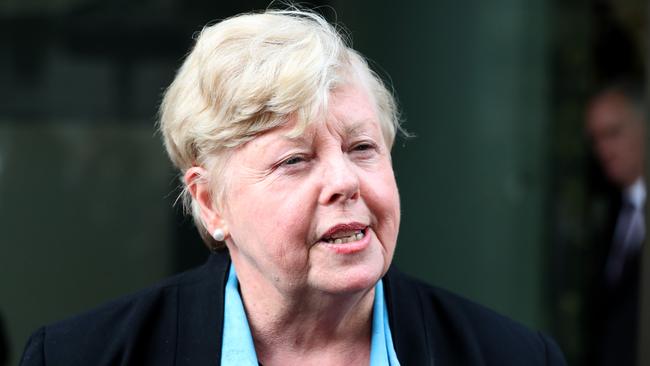
As for his telling the CCC “It was always an aspirational goal and … I find it amazing if someone has misunderstood that,” it wasn’t just the recruitment staff who supposedly misconstrued Stewart’s intentions. When reporting the initiative in 2016, The Courier Mail referred to it as a direction from the commissioner.
The hurdle to losing the quota
The current QPS head, Katarina Carroll, is Australia’s second female police commissioner. Unlike Nixon, she has much experience in operational policing, and wants nothing to do with gender quotas. One of her first acts upon assuming the top job in 2019 was to abolish Stewart’s policy. Assumedly she will be allowed to recruit in accordance with the merit principle unhindered, right?
Wrong. The Queensland Human Rights Commissioner, Scott McDougall, is very upset with the CCC, particularly its chair, Alan MacSporran QC, for saying last week the QPS’s failure to apply for an exemption to allow so-called positive discrimination meant the recruitment exercise was “unlawful”.
“The CCC report shouldn’t undermine the legitimacy and lawfulness of equal opportunity measures, which are protected by s105 of Queensland’s Anti-Discrimination Act without needing to apply for an exemption,” he protested, saying the recruitment of women into policing was “critically important”.

You may be familiar with the Lutine Bell, which for many years hung in the Royal Exchange when the building housed insurance giant Lloyd’s of London. It was rung to signal disastrous news for the company, particularly the loss of a merchant ship. I am convinced human rights commissions have something similar to alert their officials when someone commits a serious narrative violation. Shibboleths such as ‘It is impossible for men to be the victims of sexism’ are hardwired into the heads of these anti-discrimination and inclusion junkies. When publicity is given to cases that refute these insistences, they get antsy and defensive.
Anyone who has read the CCC report would have no doubt the QPS unlawfully discriminated against male applicants. As the report notes regarding cognitive testing: “ … a strategy was used where virtually any applicant who identified as female (and later Indigenous and/or culturally and linguistically diverse … would progress if they met minimum standards. Generally, male applicants would only progress if they exceeded artificially high cut-off scores”.
Hundreds of worthy male applicants were rejected in contravention of anti-discrimination laws. In 2016, the recruiting section even stopped giving feedback to unsuccessful applicants, mostly men, to avoid scrutiny of its assessments. This is a stark example of systemic discrimination. Yet McDougall – whose agency is responsible for resolving breaches of the Anti-Discrimination Act – is seemingly more concerned with increasing the number of women in the QPS, which in his words needs “to reflect the community they’re policing”.
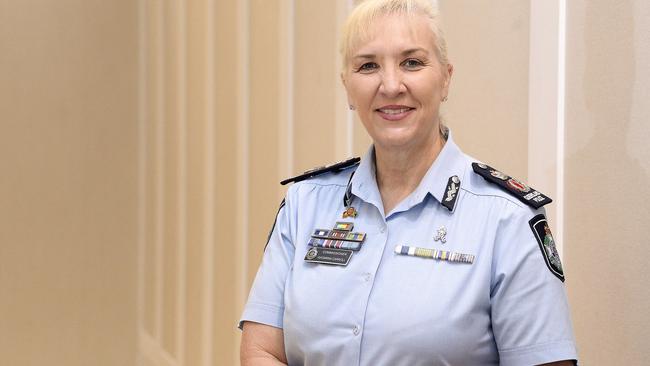
A police force that is representative of its community is all very well, but seemingly forgotten is the fact that females make up only 30 per cent of applicants. That is not surprising. It is a dangerous job, and the physical and psychological demands are intense. There is good reason why so many applicants are unsuccessful.
McDougall can be assured there will be at least one area in the QPS where women’s names will appear in high numbers, and that is the workers’ compensation list. As the CCC investigation found, recruitment staff, in order to meet the 50 per cent quota, offered placements to female applicants who had been psychologically assessed as medium-risk and even high-risk. Previously only applicants rated low-risk were allowed entry.
Guess what? Within a year after Stewart’s policy being implemented, a psychologist at the QPS Academy reported “a higher volume of recruits experiencing psychological distress”. As well as that, “a number of females had indicated they were going to ‘drop out’ as they were unable to cope with the stressors of the Academy experience”. As for those who graduated, do not be surprised if the number of police claims for psychological injuries skyrockets.
But hey, gender equality. As this newspaper reported, McDougall stated he had spoken to his police counterpart, “and that the two agencies had committed to work together to increase the diversity of police recruits”.
I am sure she cannot wait. Incidentally, Commissioner Carroll, if you are reading this, I have a suggestion for when you meet the human rights commissioner. Begin the conversation by asking him about the gender makeup at his agency. Only around 20 per cent of its employees are male. Then politely show him the door and tell him to come back when his own agency reflects the community it is supposed to serve.


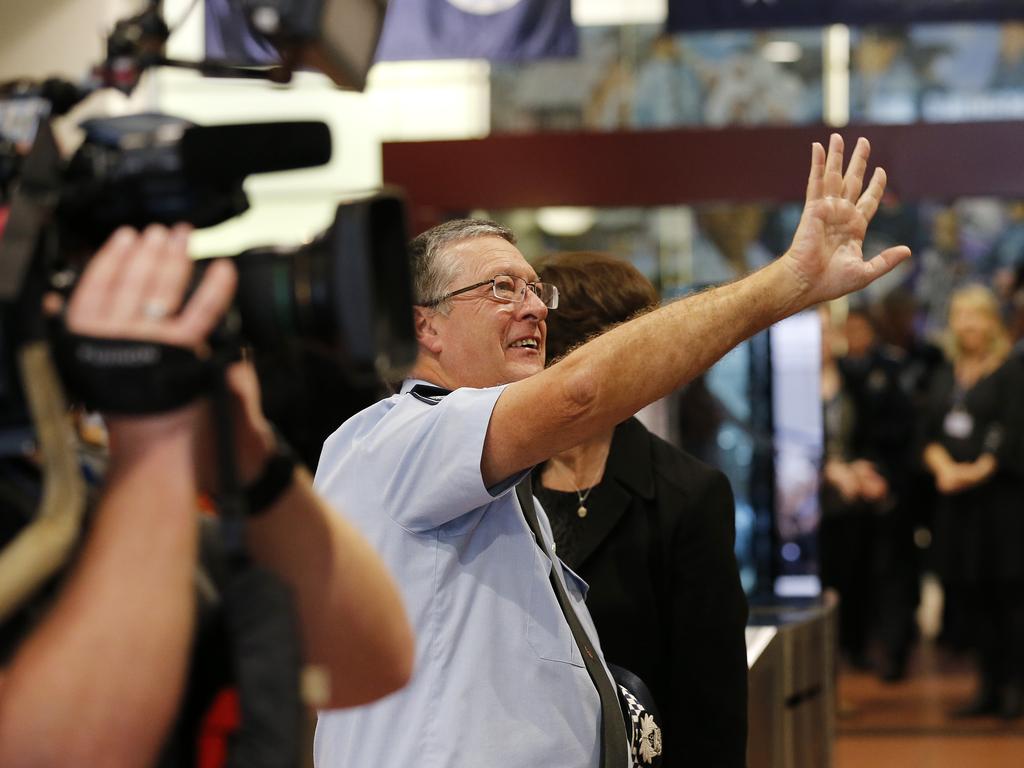
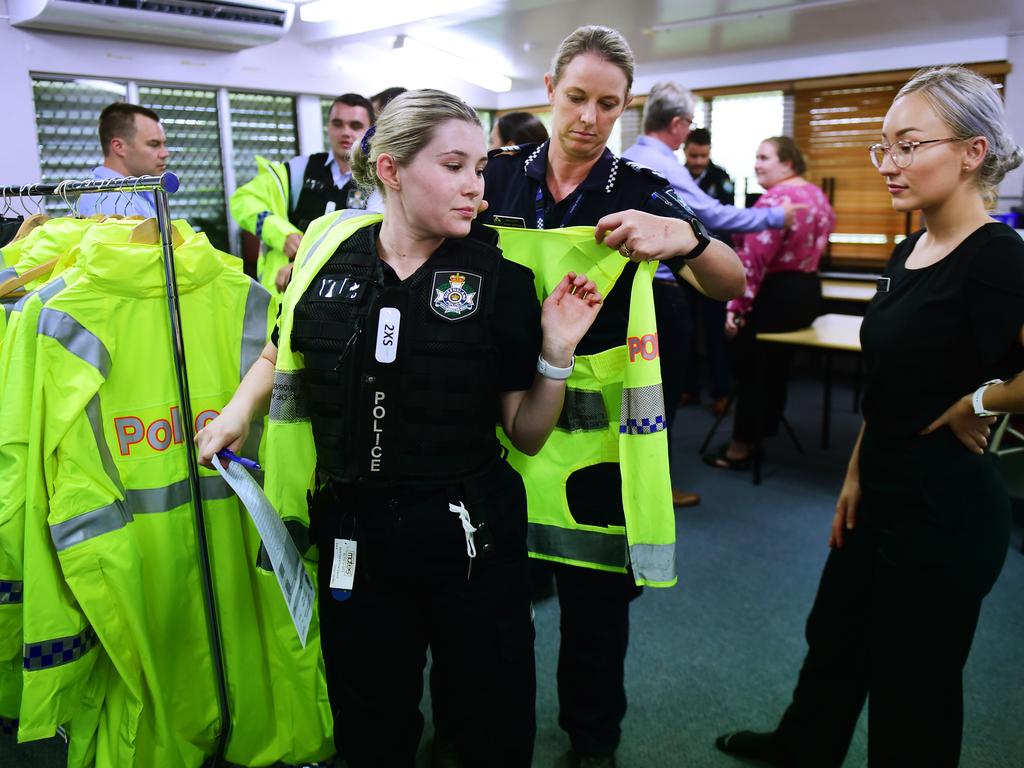
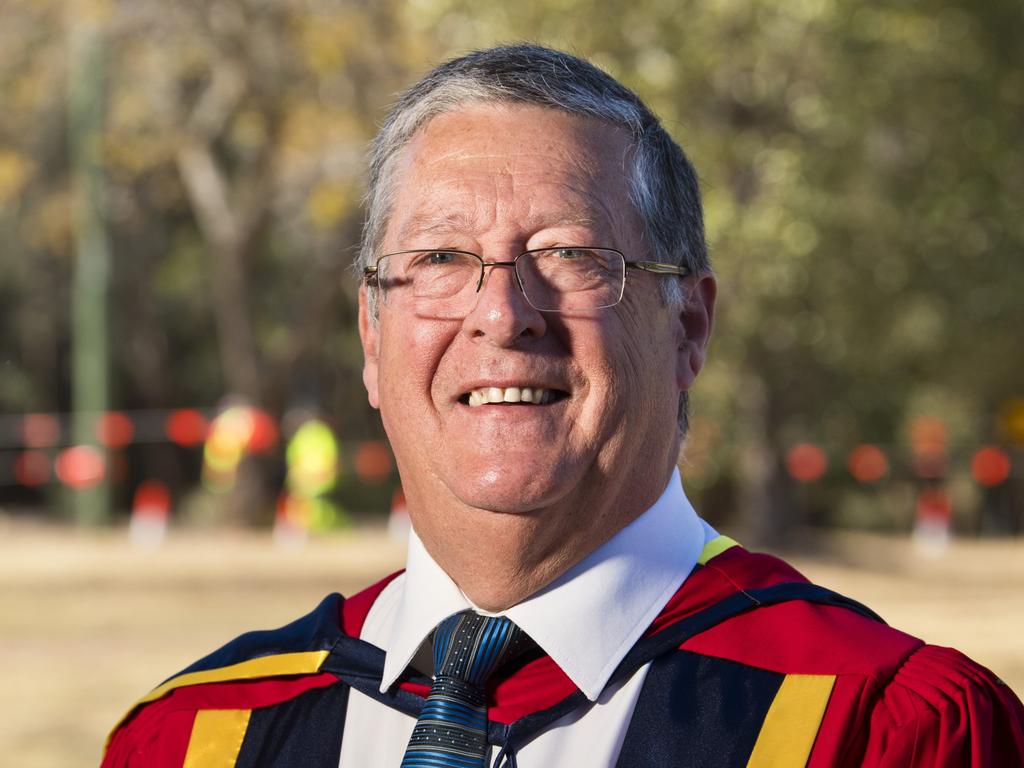
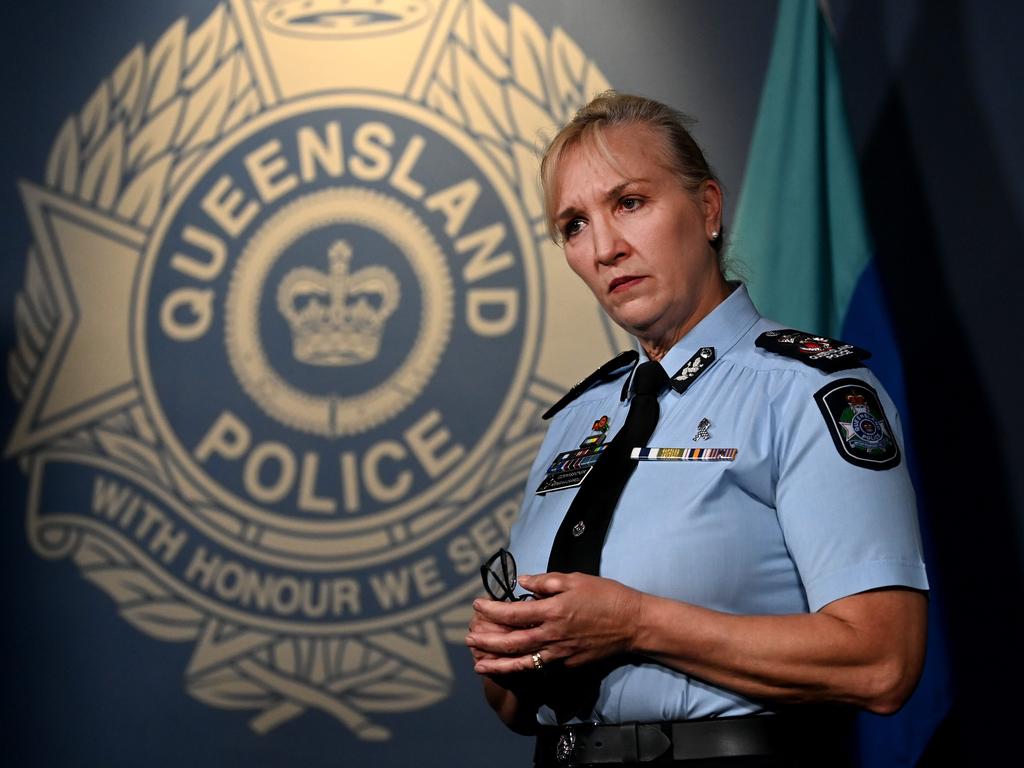


When appearing on ABC’s Lateline program in 2016, former Victoria Police chief commissioner Christine Nixon was insistent there was no reason why women could not comprise 50 per cent or more of Australian police forces.